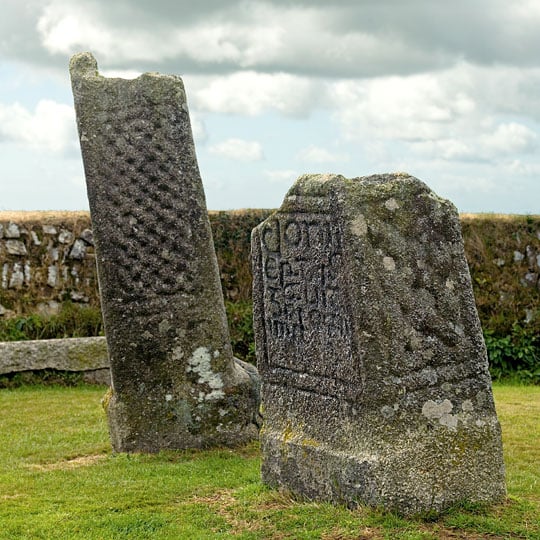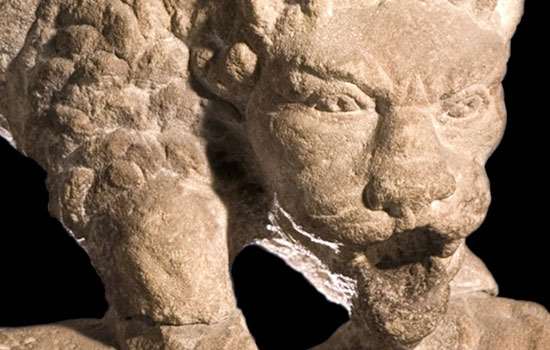History of King Doniert’s Stone
These two fragments, one of which is known as King Doniert’s Stone, are the only surviving examples of 9th-century stone crosses in Cornwall. The inscription on King Doniert’s Stone, bearing the name of a Cornish king, is the only such cross to feature a character known also from documentary sources.

Cornwall, like Ireland and Scotland, lay on the fringe of the Roman world, and there are few signs of Roman influence in the region. The name the Romans used to denote this territory in the south-west was Dumnonia.
Following the collapse of Roman rule at the beginning of the fifth century AD, much of eastern Britain fell under the control of Saxon invaders; however Dumnonia, which included Devon and parts of Somerset as well as Cornwall, remained an independent kingdom for several centuries.
Historical and archaeological evidence for this period is scant, but it was during this time that Christianity was first brought to Cornwall by Welsh and Irish monks.
The early missionaries are thought to have set up wooden crosses to proclaim the victory of Christ in the places where they preached: in time these sites became sanctified, and stone crosses were erected in place of the older wooden ones.
Description
King Doniert’s Stone may be the base of one such cross and the taller broken shaft alongside it is probably another.
King Doniert’s Stone stands about 4 feet 6 inches (1.37 metres) high, and is decorated on three of its faces with interlaced ornament of a style common throughout Britain.
The upper end of the stone has a deep mortice in the top to take an upper shaft or cross head. The east face bears a weathered inscription which reads Doniert rogavit pro anima (‘Doniert has asked [for this to be made] for his soul[’s sake’]).
The clue to Doniert’s identity lies in a passage in the early Welsh chronicle known as the Annales Cambriae, which names a king of Dumnonia called Dumgarth (or Dwingarth). He is recorded as having drowned in the sea in about AD 875.
The southern cross-shaft fragment is taller, about 7 ft (2.1m) high, and one face has a panel of interlaced decoration. Excavations have revealed an underground rock-cut passage that starts to the south-east of the crosses and terminates in a cross-shaped chamber beneath the two stones. The relationship between the underground chamber and the crosses has yet to be explained.
The stones appear in antiquary John Norden’s Description of Cornwall.
Further Reading
Courtney, RA, The Cornish Cross: Its Pagan Origins (Penzance, 1997)
Langdon, A, Old Cornish Crosses (Exeter, 1988)


